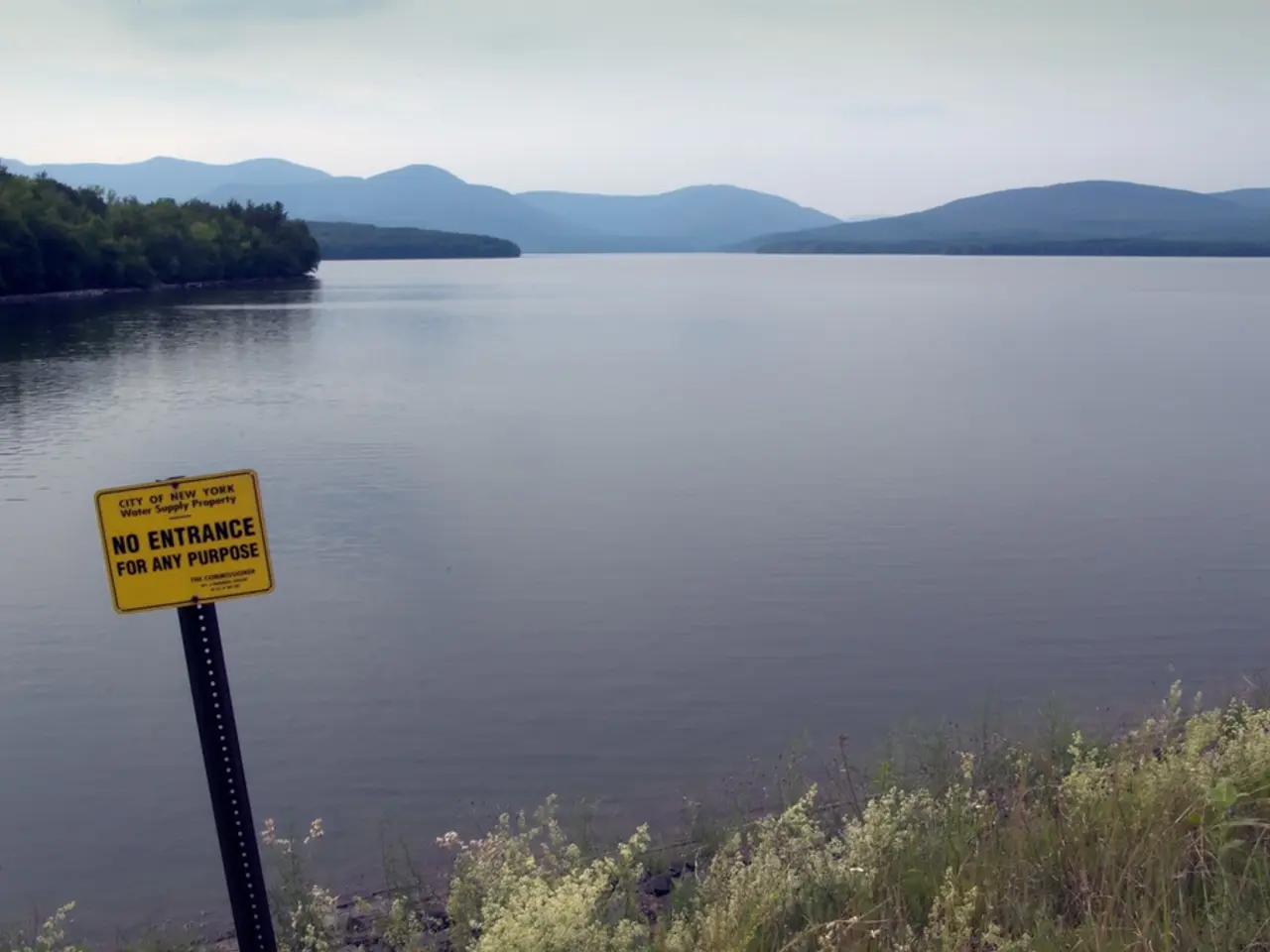Enhanced Affordable Disaster Insurance by Lloyd's Aids in Strengthening Island Resilience
The insurance industry, led by Lloyd's of London, Aon, and the United Nations Capital Development Fund (UNCDF), has unveiled a groundbreaking initiative called the Disaster Resilience Vehicle. This vehicle is designed to provide financial relief to small Pacific island nations that are highly vulnerable to natural disasters.
The Disaster Resilience Vehicle functions as an insurance facility, offering tailored risk-transfer solutions to enhance the resilience of these nations. By pooling risks associated with natural disasters, the facility rapidly releases funds to the affected countries, enabling them to undertake immediate recovery and relief efforts. This mechanism helps these nations manage the financial shocks caused by disasters without having to rely solely on external aid or divert resources from critical development projects.
The vehicle leverages the expertise of Lloyd's of London in insurance underwriting, Aon's risk advisory capabilities, and the UNCDF’s development finance innovations. This collaborative approach ensures faster financial relief and supports long-term resilience building in regions facing increasing climate risks.
Initially, Fiji, Papua New Guinea, and Samoa are the focus of this initiative, with ambitions to stretch the approach across the Caribbean, Asia, and Africa. John Neal, then Lloyd's chief executive, stated that the vehicle reinforces the crucial role of the insurance industry in supporting communities to respond and recover quicker.
The Disaster Resilience Vehicle delivers exposure-based payouts that trigger immediately when disasters strike, bypassing lengthy damage assessments. Money comes through fast in this system, not after months of forms or long assessments, but at the moment a storm makes landfall.
In addition to the Disaster Resilience Vehicle, Lloyd's has also launched a report titled "Insuring a low carbon economy," outlining how the insurance industry will partner with critical industries to support and accelerate the transition to a low carbon economy. However, a direct link to this report was not provided in the article.
The Disaster Resilience Vehicle is designed to be tested in the Pacific and then scaled to further markets, including the Caribbean, Asia, and Africa. The memorandum of understanding between Lloyd's and UNCDF, sealed in September 2023, provided the foundation for this initiative.
Dominic Christian of Aon described the vehicle as an efficient path to delivering disaster-risk finance where it is most urgent. The new research from Lloyd's and the Centre for Economics and Business Research (CEBR) estimates $163 billion of assets are underinsured worldwide.
The Disaster Resilience Vehicle was presented to His Majesty King Charles III during the Commonwealth Heads of Government Meeting in Samoa. Lloyd's of London, in collaboration with Aon and the United Nations Capital Development Fund, has unveiled this initiative with the aim of reinforcing small Pacific island nations vulnerable to natural perils.
Read also:
- Stone mining has transformed the once renowned 'Sada Pathor' into a desolate, post-apocalyptic landscape.
- Revised Tax Policy for Motor Vehicles Pushed for Greater Eco-friendliness, Suggested by Court Auditors
- Solar Energy Generated in Uckermark Supplies Messe Frankfurt with Eco-friendly Power
- Switzerland conducts a public vote on the future of nuclear energy








